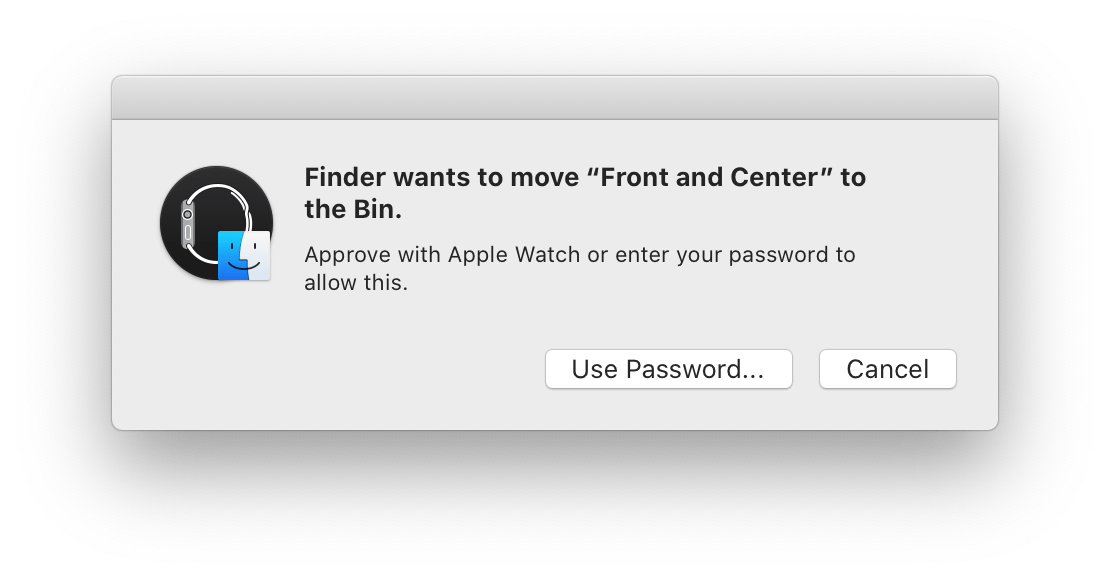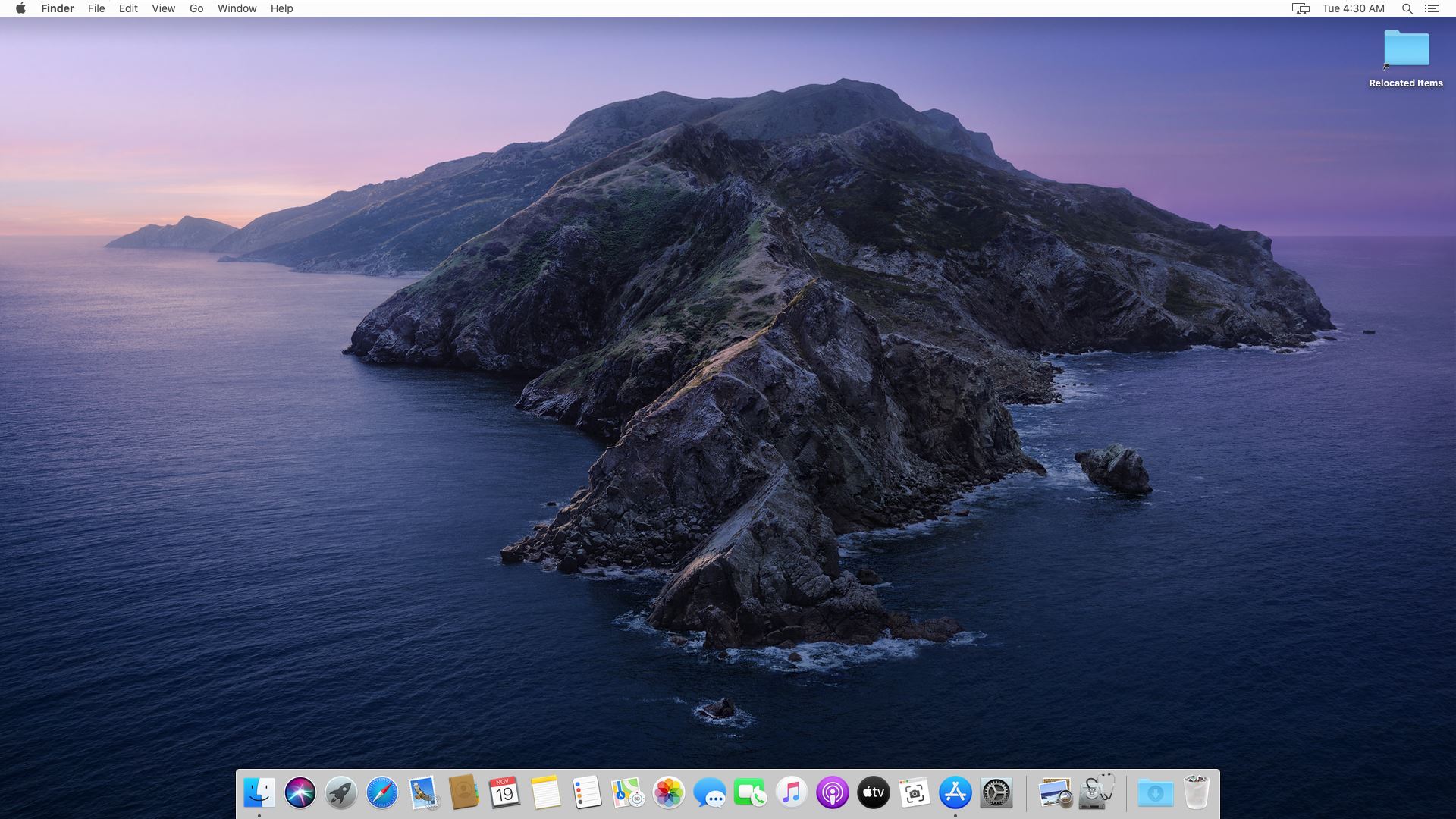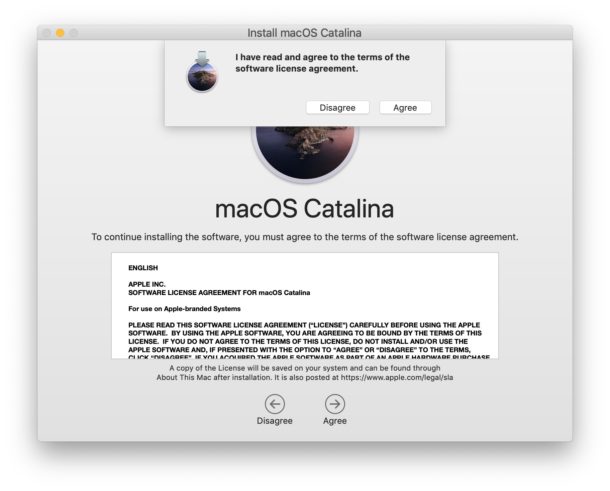If you have installed Big Sur, Catalina, Mojave or earlier versions, you may have to reinstall macOS for following reasons:
Step 4: If your current macOS version is Catalina, Mojave, Big Sur, or (in most cases) High Sierra, select the format APFS. If your current macOS version is older than these, select the macOS Extended (Journaled) format. Step 5: For the Scheme, choose GUID Partition Table. Erasing and reinstalling a clean macOS is now a common workflow for reprovisioning Macs for different users, purposes or simply starting over. This feature was introduced in Apple’s macOS High Sierra 10.13.4 installer and has evolved with Mojave, Catalina and now Big Sur. To go back to Mojave from Catalina, you have to uninstall your current version of macOS first. Here’s how to do it: Start booting up your Mac Press and hold Command (⌘) + R once you see the Apple logo.
- Reinstall When There is New macOS Version Available
Apple keeps working constantly to fix bugs, make performance tweaks, add new features or enhance coding. Therefore, doubtless, there will be new versions of macOS available to upgrade and reinstall.
- Your Mac is Running Slow
As we all know, for no specific reason, system reinstallation can magically solve a slow Mac in most cases.
- Your System Keeps Crashing or Works Improperly
When you continuously see error messages appear on your mac, or your programs randomly crash/freeze for no reason, like FaceTime won't work, Contacts or Calendar shows a delay or mess, blue teeth or WiFi won't connect…Then, you have a good reason to reinstall macOS.
- You are Going to Sell the Mac
In the case that you want to sell your mac, besides erasing all your personal data and traces on the mac, you will need to reinstall macOS as well.
It is not complicate to reinstall macOS Big Sur or Catalina, but if you want to reinstall macOS without losing data, there are 3 steps you must follow.
Recover Files after macOS Reinstall
- Recover data lost due to macOS reinstallation, upgrade, downgrade
- Recover data lost due to accident deletion, formatting, etc.
- Restore data from both internal and external storage device
- Recover videos, audios, images, documents, and other 200+ files
- 5 recovery modes to find files back easily
- High recovery rate
- Support Big Sur, Catalina, Mojave and earlier
3 Steps to Reinstall macOS Big Sur or Catalina without Losing Data
We all save tons of data on our Mac, so when we decide to reinstall macOS Big Sur/Catalina, the top concern always goes to “will I lost everything if I reinstall macOS”. In fact, reinstallation of macOS doesn’t necessarily cause lost data, it just create a new copy, your existing files and data saved in programs won't be altered or deleted. But just in case of bad luck, we need to do some work on BACKUP, this is crucial for macOS reinstallation without losing data.
Step 1. Prepare Your Mac for Reinstallation.
- Make enough room for Big Sur or Catalina reinstallation, at least 36GB, so the reinstallation process won't pause or stopped for insufficient space.
- Also, quit all apps or programs under work, so your Mac is fully geared to reinstall.
- Check drive conditions. Open Disk Utility and perform the Frist Aid on your hard drive where to reinstall the macOS to make sure your drive is in good condition for reinstallation.
Step 2. Backup All Your Files for macOS Install (Crucial)
Backup is an indispensable step involved in the macOS reinstallation, here are several options to backup your data.
Option One: Using Time Machine
- Go to Finder>Application, launch Time Machine and choose “Set Up Time Machine”.
- Click “Select Backup Disk” to choose an external hard drive to back up the files.
- Then Check the box before “Back Up Automatically”. Also, you can adjust the backup setting in menu “Options”.
If this is the first time you use Time Machine to backup, wait patiently for Time Machine to complete the backup, it will prompt the notification once finishes.
Option Two: Using Hard Drive
- Connect your hard drive to Mac.
- Open Finder to check if your hard drive is present under “Devices”.
- Create a new folder, copy and paste or directly move the items you want to save from Mac to this folder.
- Finally, eject your hard drive.

Option Three: Using iCloud Service (Backup Desk and Documents Folders)
- Go to Finder>System Preference, click on “iCloud” to bring up its main interface.
- Click the “Options” button for “iCloud”, and check the box before “Desktop and Documents Folders”, then click on “Done”.
Most of our mac users prefer to backup all files but apps. So, to save you from troubles of lost data due to macOS reinstallation, you are recommended to keep records of what apps you have installed, the account and password, also, you can take screenshots of the settings.
Step 3. Reinstall macOS Big Sur or Catalina without Losing Data.
Option #1: Reinstall macOS without Losing Data From Internet Recovery
- Click the Apple icon>Restart.
- Hold down the key combination: Command+R, you will see the Apple logo.
- Then choose “Reinstall macOS Big Sur” from utilities window and click “Continue”.
- Select your hard drive, click “Install” and wait for end of reinstallation.
Option #2 Reinstall macOS without Losing Data From USB
- Download the macOS Big Sur install from Mac App Store onto your Mac;
- Then connect the USB flash drive to your Mac;
- Open Disk Utility program on your Mac, choose the USB flash drive and click Erase to have a clean drive for the reinstallation;
- Open Terminal, copy and paste sudo /Applications/Install macOS Big Sur.app/Contents/Resources/createinstallmedia;
- Then add the volume of usb flash drive: --volume /Volumes/MyVolume, replace MyVolume with your usb flash drive name, mine is Untitled;
- Press Enter, input password and wait for the process to finish;
- Quit Terminal, restart your Mac, hold Command+R when starting Mac until you see the apple logo;
- Login into your Mac with password, go to the menu bar>Utilities>Startup Security Utility, enter password again;
- Choose Medium Security under Secure Boot and allow booting from external media;
- Restart your Mac, in the same time, hold the Option key;
- Choose Install macOS Big Sur, click Next and input password, choose Install macOS, continue to finish mac reinstallation from usb.
Mac Won't Turn on after Update to macOS Big Sur?
Here are 10 solutions to fix 'Mac won't turn on after update to macOS Big Sur, Catalina or other versions'.

Reinstall Macos Mojave From Catalina Mac
 READ MORE >
READ MORE >What if You Lost Data After macOS Big Sur Reinstallation?
However, losing data after reinstallation still happens. It may result from a interrupted installation (power-off/poor internet connection), corrupt setup, insufficient space or improper actions. Then, what to do if you lost data after reinstallation? Here are 2 methods.
Method 1: Use Cisdem Data Recovery to Recover Data
In the case you didn’t do backup before reinstallation, you will need a dedication data recovery program to find the lost data for you.
Here we recommend Cisdem Data Recovery, a powerful mac program allowing users to recover lost/deleted/corrupted/formatted files from a wide range of external or internal storage devices, no matter the file is lost due to human errors, power-off, reinstallation, upgrade, virus attack or disk crash.
How To Reinstall Mojave From Catalina
Main Features of Cisdem Data Recovery
- Recover files lost due to OS reinstallation, upgrade, downgrade;
- Recover deleted, formatted and lost files;
- Restore files from internal and external hard drive, USB, SD Card, flash drive, etc.;
- Restore videos, audios, images, documents, archives, 200+ types;
- 5 recovery modes: Basic, External Drive, Formatted Drive, Trash, Advanced;
- Preview files before recovery;
- Fast scanning and recovery;
Steps to Recover Lost Data after MacOS Reinstallation
- Download and install Cisdem Data Recovery on Mac.
Free Download - Choose a Recovery Mode according to your need.
If you want an efficient recovery, choose “Basic Data Recovery”, if you want to recover files with a higher success rate, try “Advanced Data Recovery”. - Select the hard drive where you originally stored the files on mac. Then click “Scan”.
- Check and preview files found by Cisdem Data Recovery.
- Select files to recover.
Check the box before files that you want to recover, then click “Recover” to find back the lost data caused by reinstallation.
Method 2: Use Time Machine to Recover Data with Backup
If you have backed up your files on mac, you can use Time Machine to restore the lost data.
Reinstall Macos Mojave From Catalina Os
- Step1. Go to Finder>Applications>Time Machine, launch it and choose “Enter Time Machine”.
- Step2. In the popped-up window, use the arrows and timeline to browse the local snapshots and backups.
- Step3. Find the deleted files, then click “Restore” to recover the lost data caused by reinstallation.
Conclusion
The key to reinstall mac OS Big Sur, Catalina or Mojave without losing data is the backup, since no one can guarantee all data will be perfectly maintained after macOS reinstallation. However, if we unfortunately lost files after macOS reinstallation, Time Machine or Cisdem Data Recovery is helpful to recover them back.
Reinstall Macos Mojave From Catalina Download
So, do you have any other tips to reinstall macOS without losing data? Please share with more of our mac users.